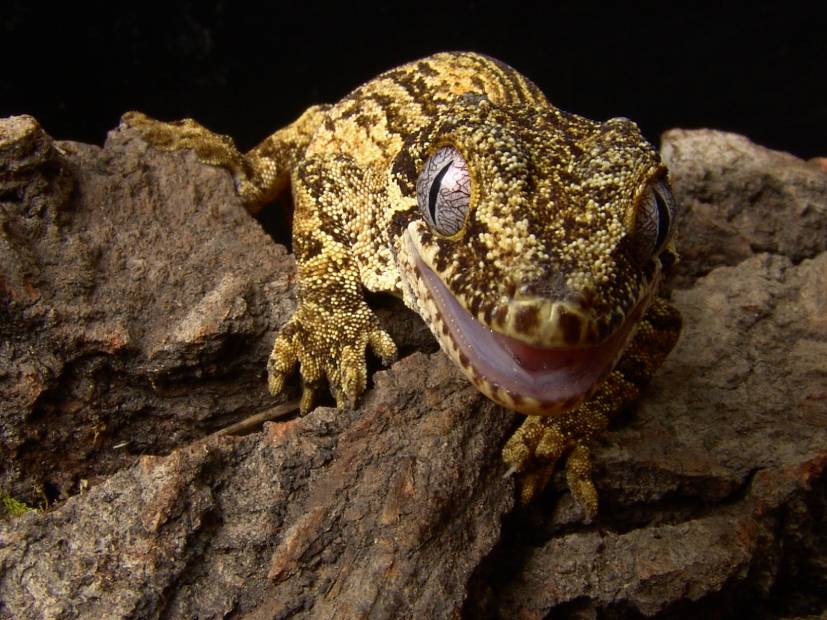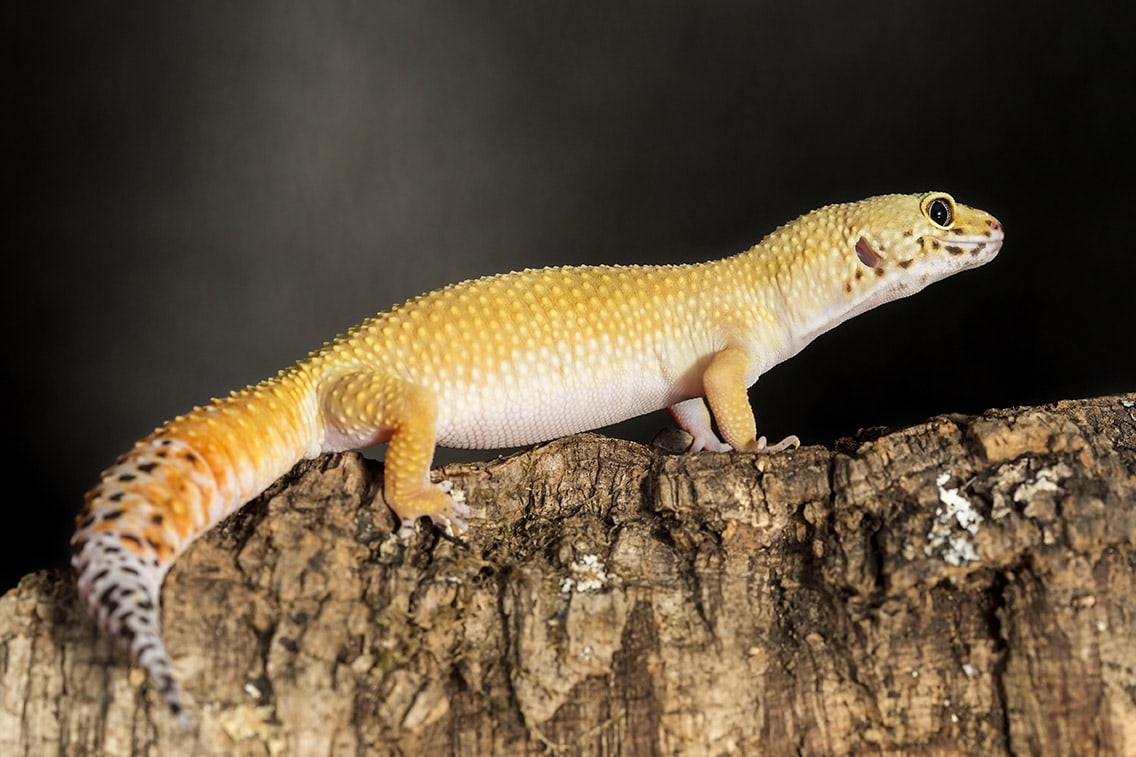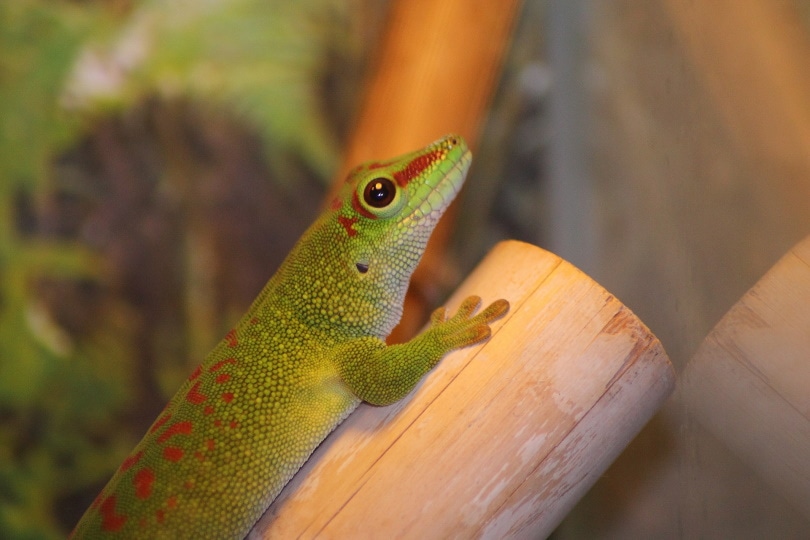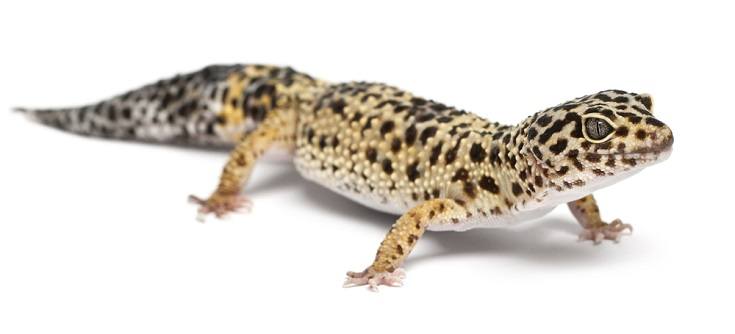
The leopard gecko is a very intriguing pet to own that requires a precise care regimen. They can be an extremely rewarding reptile because of their agreeable temperament and calm demeanor. They have many qualities that set them apart, including widespread color selections, exciting patterns, and individual personalities.
Many people prefer leopard geckos because they have an independent personality. They require minimum handling. In fact, if you handle them too much, they can become stressed. That can be excellent for caretakers who don’t have a lot of time to spend with their pet but love the idea of owning one.
Quick Facts about the Leopard Gecko
| Species Name: | Eublepharis Maculrius |
| Family: | Eublepharidae |
| Care Level: | Intermediate |
| Temperature: | 75-95 degrees Fahrenheit |
| Temperament: | Docile, agreeable |
| Color Form: | Yellow, tangerine, lavender, blizzard, hypo-melanistic, carrot tail |
| Lifespan: | 10-20 years |
| Size: | 0.64-24 inches |
| Diet: | Crickets, mealworms, waxworms, butterworms |
| Minimum Tank Size: | 10 gallons |
| Tank Set-Up: | Non-toxic plants, logs, caves, hides |
| Compatibility: | Does well with females, males shouldn’t be together |
Leopard Gecko Care Overview

The leopard gecko hails from dry deserts in Afghanistan, Iraq, Iran, and certain parts of India. They are nocturnal ground-dwellers that spend their most active time venturing at night.
If you keep one in captivity, their environment will need to reflect their natural habitat. As long as you have the proper nutrition, cage additives, heat sources, and aquarium size, you should be good to go.
How Much Do Leopard Geckos Cost?
One huge perk of owning a leopard gecko is that they’re a semi-inexpensive lizard to care for after initial start-up costs. If you buy one from a breeder or pet shop, you can expect to pay an average of $30.
Though that may make you feel very relieved, they are by no means cheap to own. They need particular resources to cater to their instinctual needs and mimic their natural environment.
With the cage, cage components, food, and cost of your leopard gecko, you can expect to start the total price to fall around $250.
Typical Behavior & Temperament
Leopard geckos tend to be very mild-tempered creatures. Because they aren’t frisky or fast, they work very well for smaller children because they won’t run off of their hands to escape. They are non-aggressive, not known for biting or acting skittish.
They are the type of reptile that you can handle daily. However, it would help if you didn’t handle them for too long at a time. Overhandling can lead to your leopard gecko getting stressed out, which can cause them to get sick.
Also, even though they make ideal pets for kids, they need respect while handling. If you have a child that is too young to know how tightly to hold them or how often to get them out, it might be best to wait until they are a bit more mature.
- Related reads: How Big Do Leopard Geckos Get? (Size + Growth Chart)
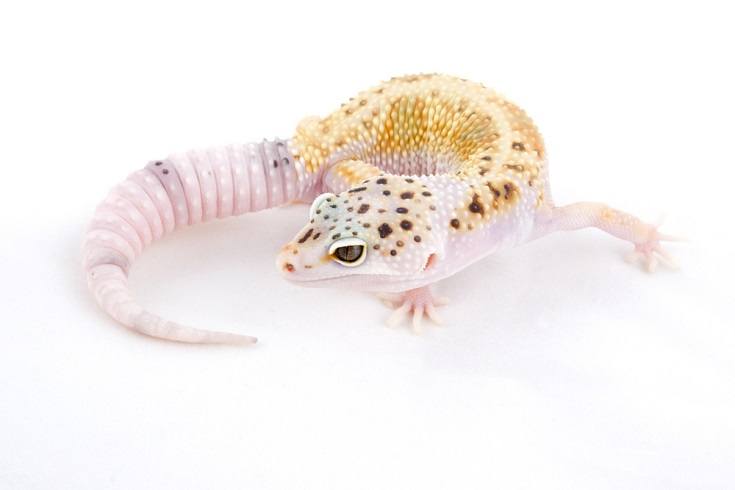
Appearance & Varieties
As you may guess from the name, leopard geckos tend to have spots all over their bodies. But this is a general fact, as they can vary drastically in color mutations and morphs.
- See also: Do Leopard Geckos Have Teeth?
How to Take Care of Leopard Geckos
Leopard geckos do not require an extremely large aquarium space. For a singular gecko, you need a minimum of 10 gallons of space. The more you add to the environment, the more you’ll need to increase cage space to accommodate.
Their terrarium will need to be well-ventilated and neither too hot nor cold. If there is too much or too little moisture, it can cause respiratory illness. If mold forms in the cage, it can also cause your little guy to get very ill.
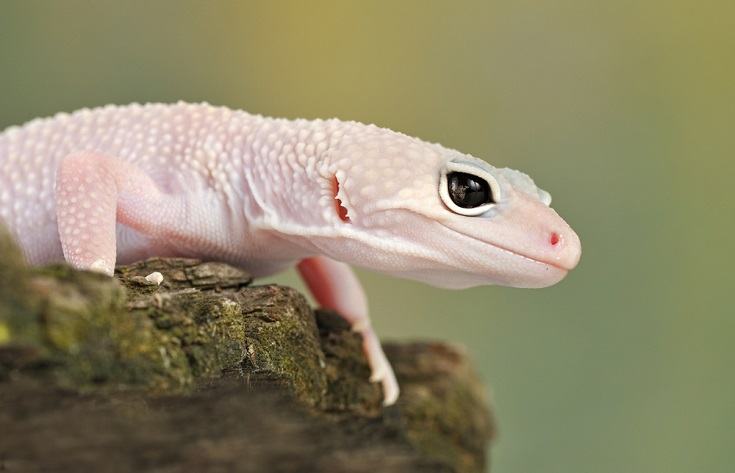
- Related Read: Can Leopard Geckos Swim? Facts & Safety Guide
Habitat, Tank Conditions & Setup
These lizards require very particular cage conditions. Let’s go through each aspect that creates the ideal environment.
- You May Also Like: Albino Leopard Gecko: Info & Care Guide With Pictures for Beginners
Cage Size
Your gecko should have a 10-gallon cage if you have a singular pet. With each additional gecko, add 5 gallons of space.
Temperature Control
Within your cage, you should offer a hot and cool side so they can choose a perfect comfort level. They might benefit from a heating pad under the cage during colder months, preferably located under a hide.
You can put two thermometers on both sides of the cage to ensure each one is the correct temperature.
During the day, the cage should be between 75-80 degrees Fahrenheit. At night, you should lower it by 10 degrees.
Humidity
You can buy a humidity gauge for the terrarium that lets you know the percentage. Your gecko should live in 30% to 40% humidity. Your home should naturally be in this range, and you should have a screen top on the cage for proper ventilation.
Substrate
The substrate is essentially the flooring of your gecko’s cage. You have a wide range of options that will work. Ultimately, it’s up to you and whatever you think suits your gecko best.
Some popular choices are:
Some substrate can get into the mix when eating live prey, and your gecko can eat it by accident. If they do, it can seriously harm their digestive system. It can even cause death—so definitely try to steer clear of any substrate that has tiny particles.
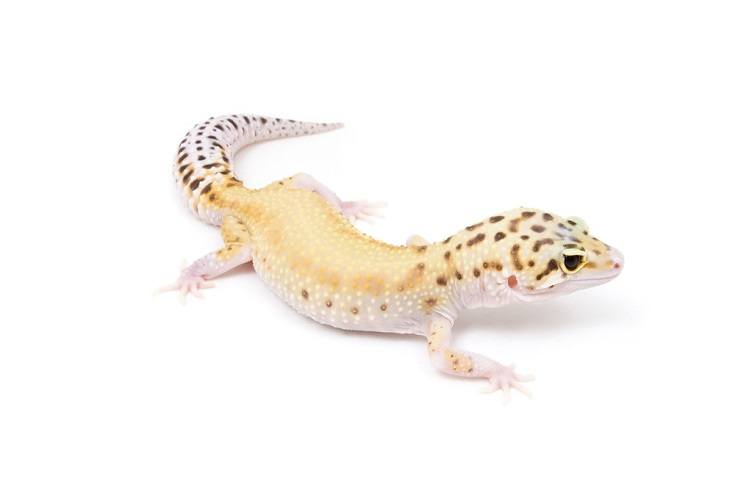
To err on the side of caution, try to avoid:
Terrarium Decor
You can dress your terrarium up like a wild paradise for your gecko. You can offer safe plants to keep oxygen fresh, branches for your gecko to climb, and hides for them to slip off into.
It’s important to give them a space that they can spend in total darkness. Whether it’s a hollow log or little hut, they will appreciate the privacy.
Are Leopard Geckos Good Tank Mates?
You can house more than one leopard gecko at a time. However, if you want to keep more than one, you will need to make sure that you’re not keeping males together as they tend to be territorial. It’s best to keep only females or one male with females to keep everyone safe.
It would be best if you never had geckos of drastic size differences together in the same container. You could cause premature breeding, or the larger geckos may torment the smaller ones.
If you own other reptiles, you should never house them together. They require different environmental factors, but different species also don’t mix so well together in such a small space. To keep everything as it should be, it is best to have separate terrariums for each species.
 What to Feed Your Leopard Gecko
What to Feed Your Leopard Gecko
As far as diet is concerned, leopard geckos are insectivores, meaning they only eat insects. The best diet for geckos is nice, meaty crickets.
But they also can have:
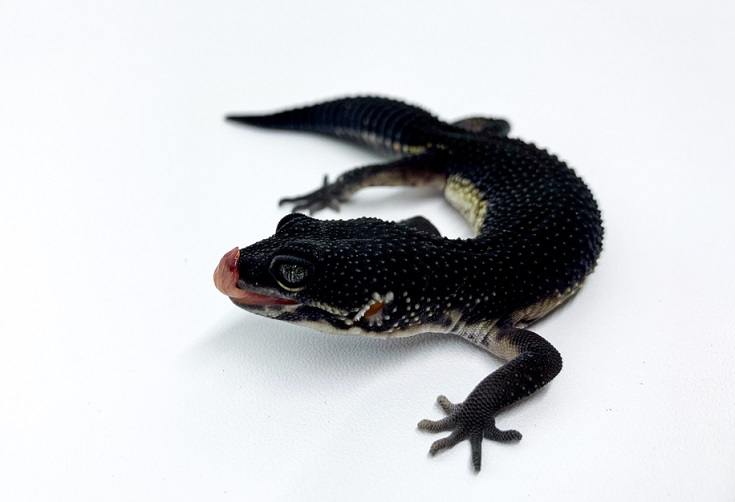
If your leopard gecko is under 1 year old, you should feed them daily so that they can keep up their body weight and ever-growing pace. After they turn 1 year old you can spin feedings out every other day.
If your gecko gets sick, they must keep up their strength. If they are unhealthy, you can feed your gecko every day until they regain their strength and start feeling better.
Sometimes, you can feed your gecko insects that don’t agree with them, which can be very dangerous.
Insects your gecko should never eat:
These insects can do some real damage to your gecko, so make sure to avoid them entirely.
Breeding
Leopard geckos are one of the easiest reptiles to breed in captivity. Accidental breeding might happen if you house a female and male together by mistake.
Alternatively, you may just want to get into breeding as a hobby. You should have one male per four females, at max.
Once you actually have eggs, you can focus on the incubation process—if you so choose. Raising baby geckos can be a rewarding process, but it isn’t without its work!
You may also be interested in:
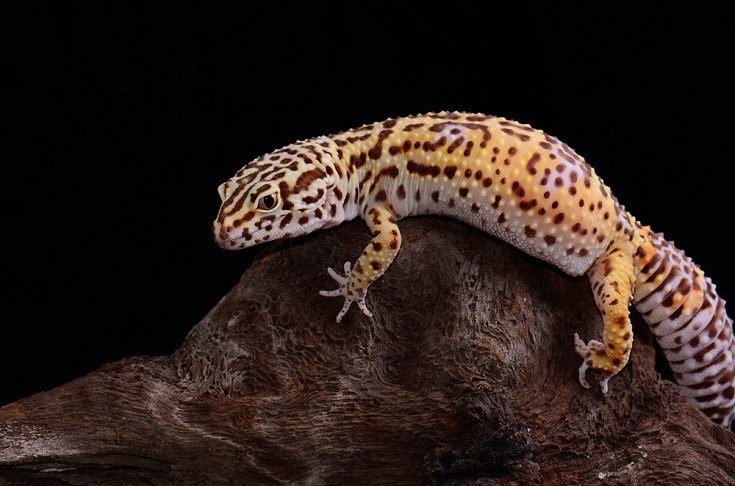
Are Leopard Geckos Suitable for You?
If you enjoy the variety, temperament, and care process of owning a leopard gecko, you know you have the basics for general care. You can gauge what to expect so you won’t be side-blinded by surprises.
Owning leopard geckos won’t be a fit for everyone, but if you’re a reptile lover—you should definitely own at least one gecko in your lifetime.
Related reads:
- Crested Geckos vs Leopard Geckos: Which Pet Should You Get?
- Bearded Dragon vs Leopard Gecko: Which Pet is Best for You? (With Pictures)
- Do Leopard Geckos Require UVB? What You Need To Know!
Featured Image Credit: Eric Isselee, Shutterstock





